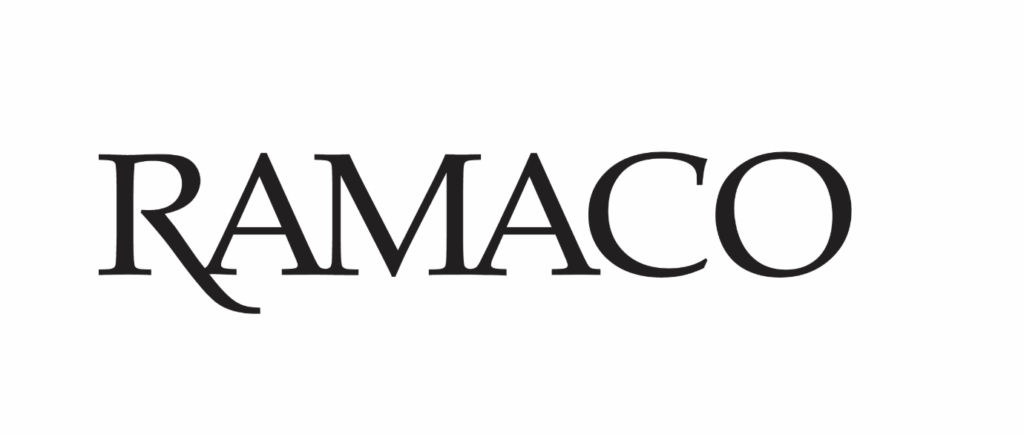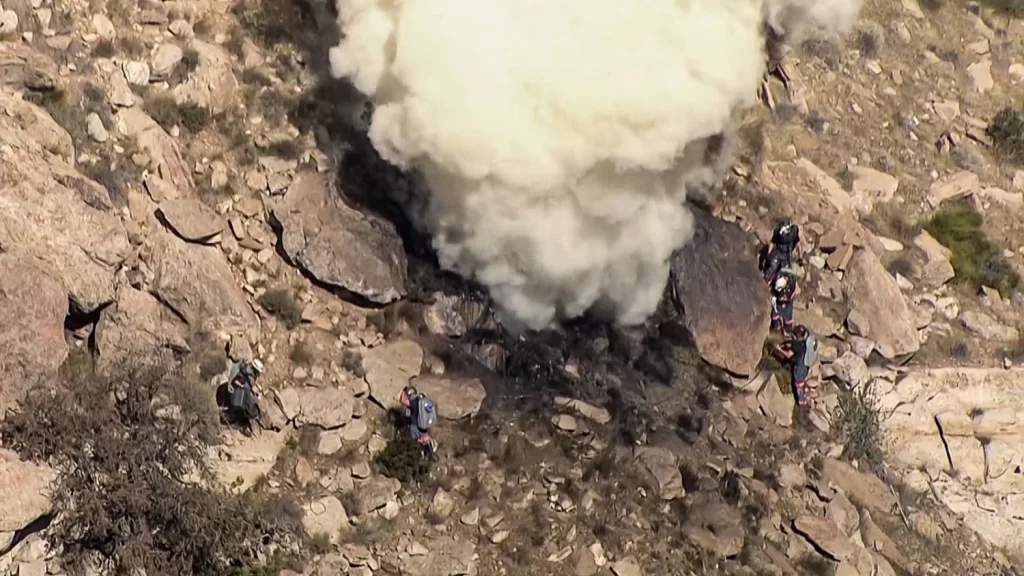New Delhi: India has surpassed China to become the world’s leading developer of steel, with a pipeline capacity of 258 million tonnes per annum (mtpa), according to a recent report by Global Energy Monitor (GEM). This milestone is accompanied by significant challenges, particularly the nation’s reliance on coal-powered technologies.
The GEM report, which monitors advancements in the steel industry, highlights a stark contrast between the global shift towards greener production methods and India’s current projects. Globally, 93% of new steelmaking capacity employs lower-emissions electric arc furnace (EAF) technology. However, India continues to develop basic oxygen furnace (BOF)-based steel, heavily dependent on coal. Of the total steel capacity under development in India, 177 mtpa uses BOF technology. Notably, 84% of India’s planned steel capacity has yet to begin construction, presenting an opportunity to pivot towards more environmentally friendly methods.
Marie Armbruster, a project manager at GEM, emphasized India’s crucial role in the future of steel production and its impact on global emissions. “India’s sheer volume of steel production has huge potential to push the emissions of the global steel industry towards net zero production,” she said. Armbruster urged India to transition from coal to green hydrogen technology for its direct reduced iron (DRI) capacity, aligning its production with global net-zero goals.
The report also reflects on the global context, noting that while the adoption of EAF technology is increasing, implementation remains slow, with many new projects still favoring coal-based methods. Currently, 46% of new steelmaking constructions globally use coal-powered technology, raising concerns among environmentalists.
As India cements its position as a leader in steel production, the GEM report calls for a strategic reassessment of production technologies to meet environmental targets and reduce the industry’s overall carbon footprint.









